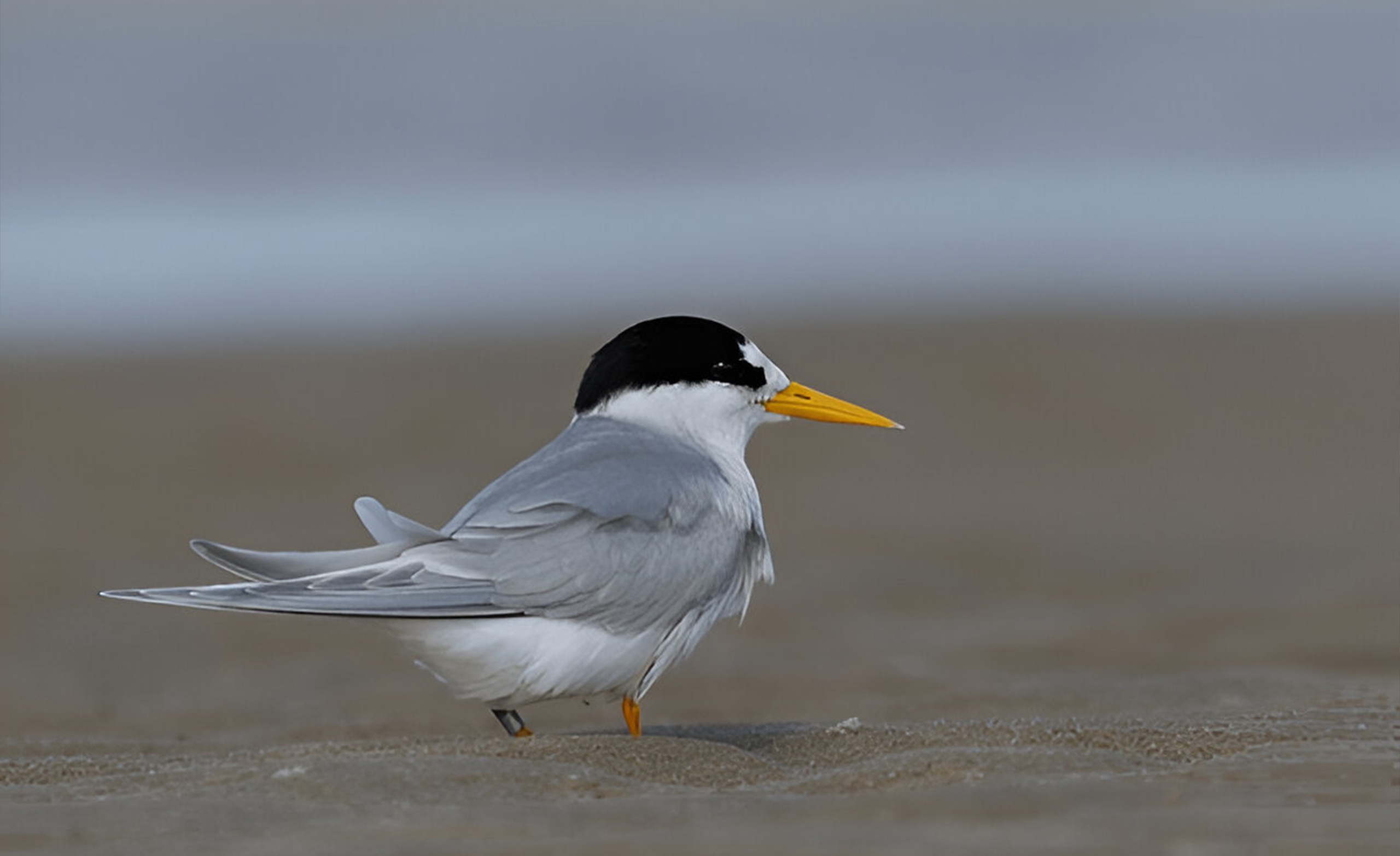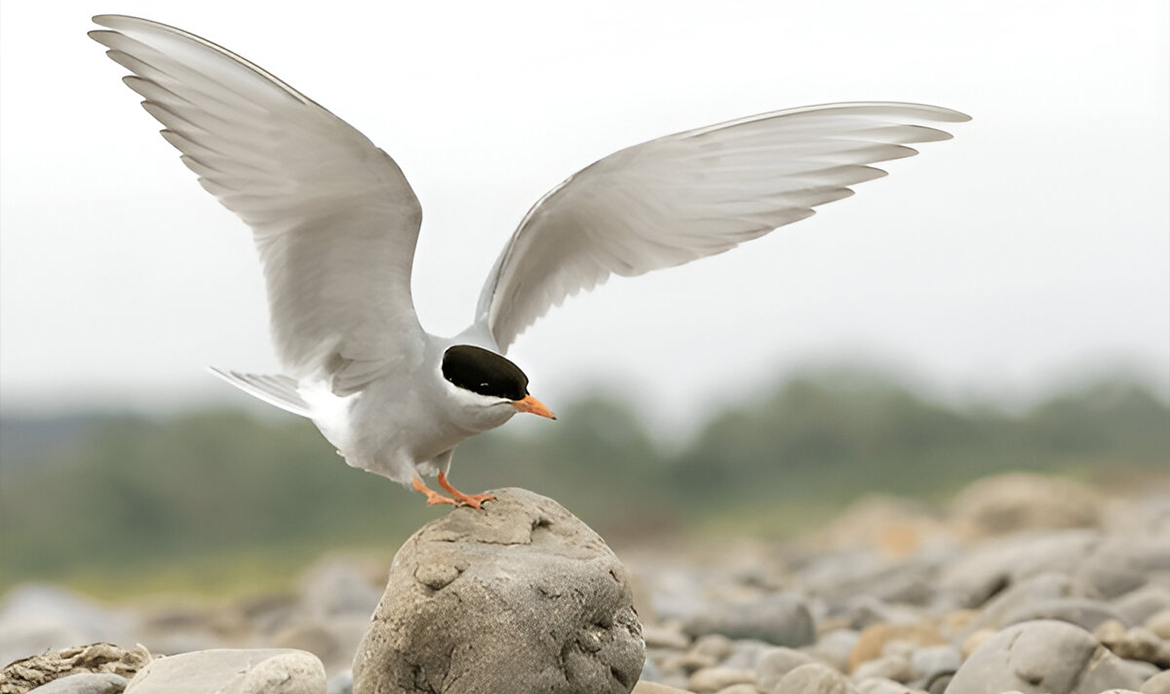
Fairy Tern in Peril: The Struggle to Save New Zealand’s 40 Remaining Rare Seabirds
Following intensive predator control efforts, the population of New Zealand Fairy Tern (Sterna nereis davisae) has increased from just five breeding pairs to around 35-40 individuals. However, these delicate seabirds remain on the brink of extinction, requiring urgent conservation action to ensure their survival. The Department of Conservation’s dedicated recovery program has implemented comprehensive measures including predator-proof fencing, nest site protection, and regular monitoring of breeding pairs. Despite these efforts, the Fairy Tern faces ongoing challenges from introduced predators like stoats, rats, and feral cats, which target both eggs and chicks. The species’ vulnerability is further compounded by their specific breeding requirements, needing undisturbed sandy beaches that are increasingly threatened by coastal development and human activities.
Table of Contents
Unique Habitat Requirements and Threats
Recent studies of Fairy Tern populations in Mangawhai and Kaipara have revealed critical information about their habitat preferences. These rare birds particularly favor mangrove-lined tidal areas and shallow mid-estuary zones, along with lagoons on sand spits as their primary foraging grounds.
Climate change poses an increasing threat to the Fairy Tern’s survival, as breeding sites in low-lying areas frequently experience nest losses due to flooding – a problem that is expected to worsen with ongoing climate changes.
Conservation Efforts and Partnerships
A ground-breaking collaboration between Māori and Pākehā (New Zealanders of European descent) has been established to protect the Fairy Tern through structured decision-making workshops. These sessions gather expert knowledge to predict outcomes and make management recommendations. All stakeholders have clearly articulated their values as fundamental objectives, allowing for strategies that incorporate both Western scientific approaches and mātauranga Māori (Māori knowledge and perspectives).
The results of this collaborative approach have been promising:
- All partners have willingly engaged in the process.
- Most decisions have received unanimous agreement.
- Expected conflicts between Western science and Māori cultural values have largely not materialized.
- Where necessary, positive compromises have been reached through joint strategy development The process has successfully brought both worldviews together to achieve conservation objectives.
Innovative Management Strategies
This new approach represents a significant departure from traditional conservation methods, where scientists typically developed management plans focused on biological objectives before consulting indigenous groups. The values-based approach using structured decision-making has proven to be a powerful method for developing co-management conservation plans between different peoples.

Conservation experts recommend:
- Promoting conservation while considering those most affected by wildlife protection measures.
- Implementing more equitable cost-sharing mechanisms.
- Developing improved wildlife compensation schemes.
- Preventing conservation-related revenue from leaving local communities that bear the costs of protecting species.
The Role of Community Engagement
Urban wildlife professionals and conservation authorities play a crucial role in shaping human-wildlife relationships and fostering conflict-free coexistence. For the Fairy Tern’s survival, this means working closely with local communities and stakeholders to ensure protection measures are both effective and sustainable.
Conservation practitioners must navigate complex social dynamics when developing and implementing protection strategies. Success depends heavily on building strong partnerships and understanding the intricate social factors that can impact conservation outcomes.
Future Outlook and Challenges
The situation remains critical, as reflected in recent assessments by BirdLife International which found that approximately 13% of bird species face extinction threats, with an additional 9% considered Near Threatened. The Fairy Tern, with its tiny population, sits precariously within these statistics.
There are growing calls for new approaches to address biodiversity decline, including more optimistic, people-cantered narratives and technological advances. Contemporary conservation narratives must examine their underlying assumptions and causal relationships to ensure effective species protection.
The preservation of New Zealand’s Fairy Tern represents more than just saving a species – it exemplifies the broader challenge of protecting biodiversity in our changing world. Through continued collaboration, innovative management strategies, and community engagement, there is hope for these remarkable birds. Their survival will depend on our ability to adapt conservation approaches while respecting both scientific knowledge and cultural values.
